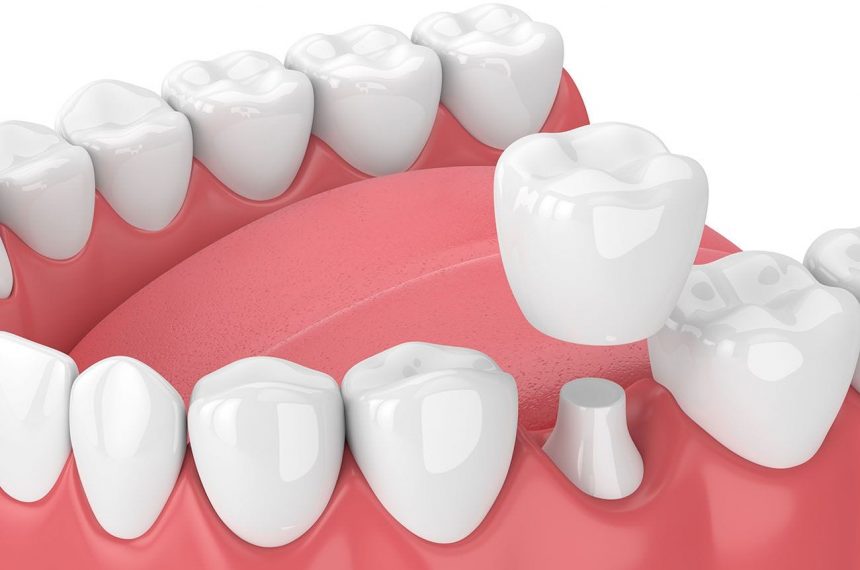Crowns involve the placement of a tooth-shaped cap on top of an affected area, cementing it in place. They tend to be prescribed for a wide variety of patients. If patients have worn down their teeth over time or if a large cavity has developed, then a crown may be the best remedy. Sometimes, older fillings start to weaken an entire tooth leading to the need for extra strengthening and crowns are often needed following root canal treatment. They can also be applied for purely cosmetic reasons. For instance, they are a popular way to conceal discolouration or misshapen teeth. A crown is also applied on top of the abutment when a patient gets a dental implant procedure.
How is a dental crown prepared?
At the first appointment, the dentist will shape the tooth to create a shape that suits a crown. After that, the dentist will make a mould in the shape of the tooth using a special form of dental “putty”. Impressions are also taken of the teeth opposite the one being crowned, so that the dentist can ensure that the crown grinds smoothly against the opposing teeth. In some cases, dentists can also use computer imaging software (CEREC System / CAD&CAM Technology) to take a snapshot of the affected tooth, which is sent to a laboratory which uses specialist software to assemble a crown.
In most instances, labs receive the impression and create hard copies, usually out of plaster. This hard mould is then used to create a metal, resin or ceramic crown, which is sent back to the dentist. The dentist now cements the crown in place and may need to trim it slightly to handle any imperfections in the preparation process.

How long does the treatment take?
The duration of your crown procedure depends on the reason for the treatment. If there is extensive tooth damage, a dentist may need to build up your tooth with an intermediate filling so that it is the correct shape for a crown to be applied. Generally, you will attend a first appointment where the damaged tooth is moulded into the appropriate shape. You will then receive a temporary crown for use while the permanent version is created.
A few weeks after that, you will need to return again for the application of your permanent crown. The temporary cap is removed, and the moulded crown is then cemented in place. In both cases, the appointments should last no longer than 1 hour, and can be as quick as 30 minutes, although the whole process can take 3-4 weeks.
However, when traveling abroad to a clinic that accepts international patients, the whole process can be completed in as little as 1 week depending on the number of crowns to be made.


Leave a Reply